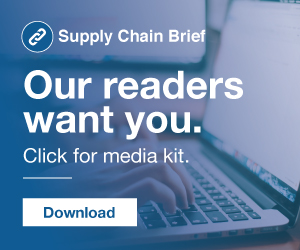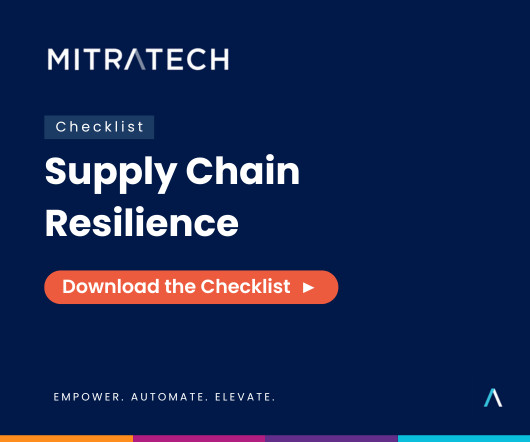Applause!
Supply Chain Shaman
OCTOBER 25, 2013
'Last week, I wrote about the evolution of supply chain planning. In my blog post, I commented on HOW little supply chain planning has changed in its twenty-year evolution. As I worked with clients this week, I had a long and hard talk with myself. I am part of the problem. I, like other analysts, are stuck in the traditional software APS paradigm.







































Let's personalize your content